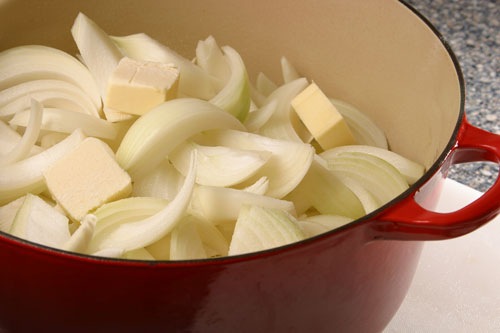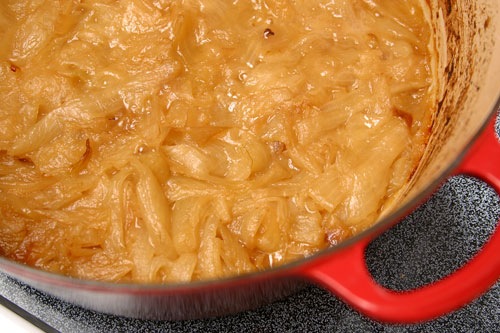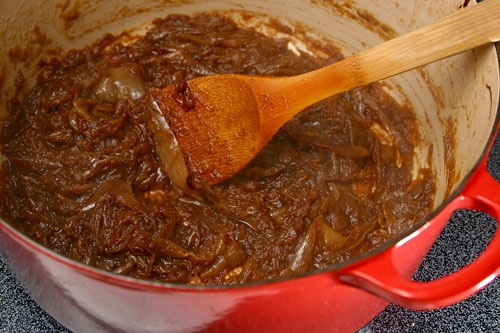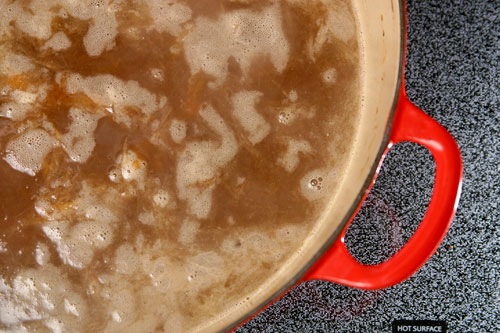Mmmmm... Pizza poppers.... bite size pizza's? Hell Yeah.
What You Need
Ingredients
Yields 20 to 50 poppers (depending on the dough used)
Yields 20 to 50 poppers (depending on the dough used)
1 recipe pizza dough
1 cup pizza sauce
2 cups of shredded mozzarella cheese
1/2 pound cooked/cured meat of your choice (we're using Italian sausage)
Flour for dusting
Olive oil
Kosher salt (optional)
1 cup pizza sauce
2 cups of shredded mozzarella cheese
1/2 pound cooked/cured meat of your choice (we're using Italian sausage)
Flour for dusting
Olive oil
Kosher salt (optional)
Equipment
Rolling pin
Bench scraper (optional)
Spoon
Baking sheet
Parchment paper
Rolling pin
Bench scraper (optional)
Spoon
Baking sheet
Parchment paper
Instructions
1. Assemble Ingredients: If you'd like to make your dough and sauce from scratch, you're more than welcome to. If you're looking for an express route, there's no shame in picking up a few staples from the grocery store. We will caution that "pop-tube" pizza dough will take less time to cook and won't hold up as well to your ingredients. So if you have a whole foods or pizzaria that will sell you dough, opt for that route instead!
2. Roll Out Dough: Working a section at a time, cut your dough into workable pieces, something around the size of a tennis ball (ensure dough is at room temperature or slightly higher). Roll out your dough into a long rectangle. It helps to shape the dough long like a worm before you begin. You're shooting for 4-inch wide sections (and however long that ends up being for the amount of dough you're using).
3. Preheat Oven: We like a hot hot hot oven, something around 475-500 degrees, but if you're working in a toaster oven that doesn't go that high, keep in mind they might need to cook a bit longer, just remember the old saying, golden brown and delicious and you'll be armed with all the known how you need to tell when to take them out.
3. Combine Ingredients: Although it feels weird to mix all your toppings and fillings together, it will give you the most nostalgic texture and also give the sauce a chance to coat each piece (hopefully disabling it from shooting down the front of your shirt). Make sure your meat, cheese and other ingredients are relatively uniform in size for the best distribution of product within each bite.
5. Drop By The Spoonful: Down one side of your dough, drop spoonfuls of ingredients in little mounds. Think about making ravioli from scratch (even if you haven't done it, we're sure you've seen it done on tv), how you end up trapping the ingredients in the dough.
6. Press the Seams: Fold dough over the top of the toppings and press between the filling with your fingers. You won't accomplish much in the way of sealing, but your fingers will help define where to cut it with the bench scraper.
7. Slice And Dice: Using a bench scraper cut each pizza bite apart from the next. The force of the scraper should help pinch the dough together so it won't pop open. To add a little extra insurance that they'll stay sealed, pinch the freshly cut end together. They'll be sticky and should hold together nicely making a neat edge. The amount of execution needed for this step will usually depend on your dough and it's willingness to play nice.
8. Bake Until Golden: Although you won't have cheese to be your judge, you should be able to gauge the doneness of each bite by the color of the crust. If you'd like you can add an egg or milk wash to each one for a richer color. We prefer a light coating of olive oil and a sprinkle of kosher salt. Ours bake in the toaster oven for roughly 10 minutes, but the time will differ with the dough, amount of ingredients and type of oven. So just keep a watch on them.
Additional Notes:
• You can of course jazz these up any way you see fit. We started with basic ingredients that most people can identify. If you want to add anchovies or artichokes, go right ahead, they're just as tasty! You can also make them without the sauce inside and strictly use it to dip into afterward (which can be nice if using them to entertain at a party so guests aren't surprised).
• You can of course jazz these up any way you see fit. We started with basic ingredients that most people can identify. If you want to add anchovies or artichokes, go right ahead, they're just as tasty! You can also make them without the sauce inside and strictly use it to dip into afterward (which can be nice if using them to entertain at a party so guests aren't surprised).
• To Freeze: simply cook by the above directions and allow to cool completely. Freeze individually on a baking sheet lined with parchment paper. When frozen, slide into a zip top bag for storage. Place on a sheet pan in the oven or toaster oven to reheat at 350 degrees for 25 minutes (time may vary depending on oven and amount of pizza rolls being reheated).
• Refrigeration: If they become a family favorite (like they are at our house) you can also keep a thawed bag in the refrigerator for faster reheating. They should last a solid 7 days in the the chill chest... though we're betting they all get eaten before then.






